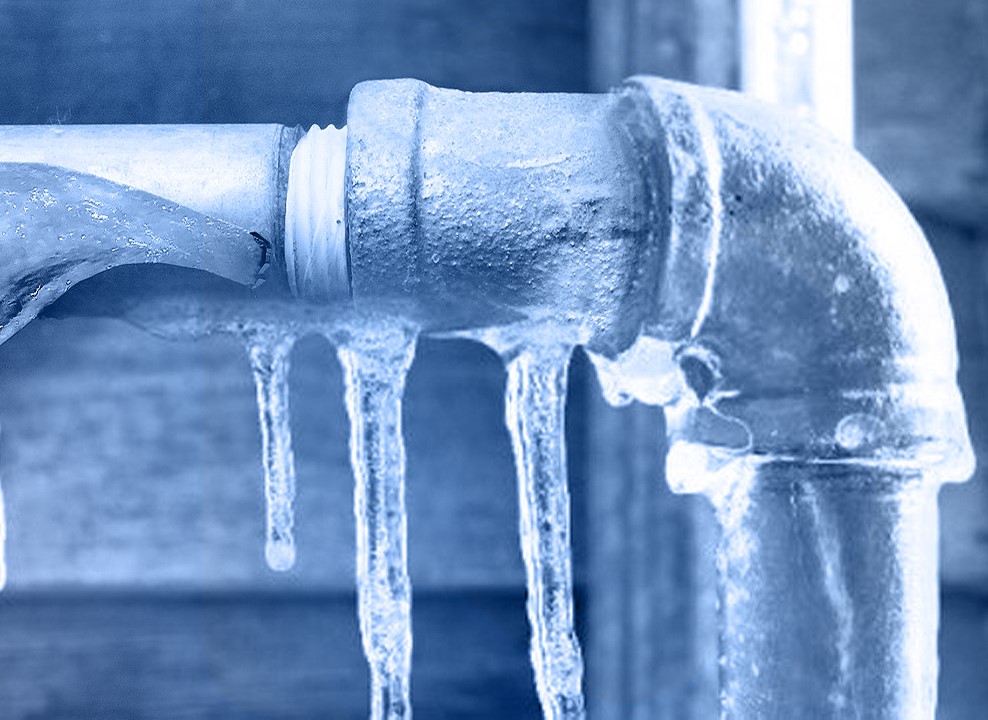Essential Strategies for Preventing Frozen Plumbing in Cold Weather
Essential Strategies for Preventing Frozen Plumbing in Cold Weather
Blog Article
This article in the next paragraphs relating to Preventing and dealing with frozen pipes is relatively insightful. Have a go and draw your own personal assumptions.

Winter can ruin your pipes, specifically by freezing pipelines. Right here's exactly how to avoid it from taking place and what to do if it does.
Intro
As temperature levels decrease, the risk of frozen pipelines boosts, potentially resulting in costly fixings and water damages. Comprehending how to stop frozen pipes is critical for house owners in cold climates.
Comprehending Frozen Pipes
What triggers pipes to ice up?
Pipelines ice up when subjected to temperature levels listed below 32 ° F (0 ° C) for extended durations. As water inside the pipelines ices up, it increases, taxing the pipe walls and potentially causing them to rupture.
Dangers and problems
Frozen pipes can result in water supply disturbances, residential property damages, and expensive repair services. Ruptured pipes can flood homes and trigger considerable structural damage.
Indications of Frozen Piping
Recognizing icy pipes early can prevent them from bursting.
How to identify frozen pipes
Look for lowered water circulation from taps, unusual odors or noises from pipes, and visible frost on exposed pipes.
Avoidance Tips
Shielding at risk pipelines
Cover pipes in insulation sleeves or use heat tape to protect them from freezing temperatures. Concentrate on pipelines in unheated or outside areas of the home.
Heating strategies
Maintain indoor areas appropriately heated up, especially areas with pipes. Open up closet doors to permit warm air to circulate around pipelines under sinks.
Securing Outdoor Pipes
Garden pipes and outdoor faucets
Detach and drain garden hoses prior to winter. Set up frost-proof faucets or cover outdoor taps with protected caps.
What to Do If Your Pipelines Freeze
Immediate activities to take
If you believe icy pipelines, keep faucets open to eliminate stress as the ice thaws. Use a hairdryer or towels soaked in hot water to thaw pipes gradually.
Long-Term Solutions
Architectural changes
Consider rerouting pipelines far from exterior walls or unheated locations. Include additional insulation to attics, cellars, and crawl spaces.
Upgrading insulation
Invest in high-quality insulation for pipelines, attics, and wall surfaces. Appropriate insulation assists maintain regular temperatures and lowers the danger of frozen pipelines.
Conclusion
Protecting against frozen pipelines needs aggressive steps and fast responses. By recognizing the causes, indications, and safety nets, property owners can secure their pipes during cold weather.
5 Ways to Prevent Frozen Pipes
Drain Outdoor Faucets and Disconnect Hoses
First, close the shut-off valve that controls the flow of water in the pipe to your outdoor faucet. Then, head outside to disconnect and drain your hose and open the outdoor faucet to allow the water to completely drain out of the line. Turn off the faucet when done. Finally, head back to the shut-off valve and drain the remaining water inside the pipe into a bucket or container. Additionally, if you have a home irrigation system, you should consider hiring an expert to clear the system of water each year.
Insulate Pipes
One of the best and most cost-effective methods for preventing frozen water pipes is to wrap your pipes with insulation. This is especially important for areas in your home that aren’t exposed to heat, such as an attic. We suggest using foam sleeves, which can typically be found at your local hardware store.
Keep Heat Running at 65
Your pipes are located inside your walls, and the temperature there is much colder than the rest of the house. To prevent your pipes from freezing, The Insurance Information Institute suggests that you keep your home heated to at least 65 degrees, even when traveling. You may want to invest in smart devices that can keep an eye on the temperature in your home while you’re away.
Leave Water Dripping
Moving water — even a small trickle — can prevent ice from forming inside your pipes. When freezing temps are imminent, start a drip of water from all faucets that serve exposed pipes. Leaving a few faucets running will also help relieve pressure inside the pipes and help prevent a rupture if the water inside freezes.
Open Cupboard Doors
Warm your kitchen and bathroom pipes by opening cupboards and vanities. You should also leave your interior doors ajar to help warm air circulate evenly throughout your home.

As a devoted person who reads on How to prepare your home plumbing for winter weather, I figured sharing that segment was really useful. So long as you enjoyed our blog post plz be sure to share it. Thanks for being here. Return soon.
Phone Report this page